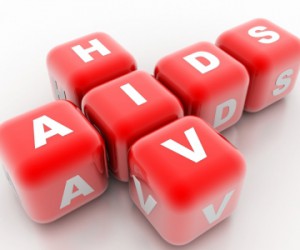Let’s put HIV into context; 1 out of every 5 people you meet and greet in Sub-Saharan Africa is HIV+ve.
Sub-Saharan Africa is the most affected country in the world by HIV, more so than any other region on this planet. It is estimated in 2012 that there were over 23.5 million people living with HIV and approximately 1.9 million additional people are infected with HIV each year. [1] 75% of the worlds’ HIV community lives in sub-Saharan countries, and infection rates are frighteningly high.
For example, 15-23% of adults in Namibia, South Africa, Zambia and Zimbabwe are infected with HIV. In Botswana the figure is 23.9%, in Lesotho 23.2% and in Swaziland 26.1%. The national adult HIV prevalence rate has risen and now exceeds 20% in Sub-Saharan Africa.
If the first figures didn’t wake you up, in sub-Saharan Africa in 2011, 1.2 million people died of AIDS. [1] 60% of HIV deaths in sub-Saharan Africa are adults aged 20 to 49 years. And there are 14.8 million orphans due to HIV adult deaths.
From originating as a localised viral infection, HIV has now spread throughout the world’s population, has infected populations in every country in the world, has crossed all traditional boundaries of sex, religion and national borders, and is now known to have mutated in certain at-risk groups.
Traditional Anti-RetroViral (ARV’s) drugs have been shown to prolong the lives of those infected with HIV and help prevent HIV cross infection. But poverty throughout Africa means less than 32% of the 23.5 million HIV positive Africans have access to ARV’s.
In a study carried out by Asante Philani (Pty) Ltd. in Cape Flats in Cape Town, a mix of African plants and treated plant extracts were trialled as a health supplement. The data shows a reduction or no change in 92% of the subjects in viral loading and a 65% increase in CD4 and T-Cell counts; 93% of subjects reported feeling more energised, 96% felt more positive about their health and future, and no subject dropped out due to side effects. Those taking ARV’s showed no interactions with the supplements.
This is in stark comparison with ARV treatment where up to 98% report unwanted side-effects. ARVs have known serious side effects, including damage to the immune system and an increased risk of heart attacks in up to 90% of subjects. [6,7]
The products trialled are grown in Africa, processed in Africa, and potentially provide agricultural and processing opportunities for African communities to help themselves. The plant products are currently used by African Natural Healers, and this study has illustrated where there is restricted access to conventional treatment which comes at a high financial cost to African countries, traditional plant remedies have a place in treating sick people.
Asante Philani






